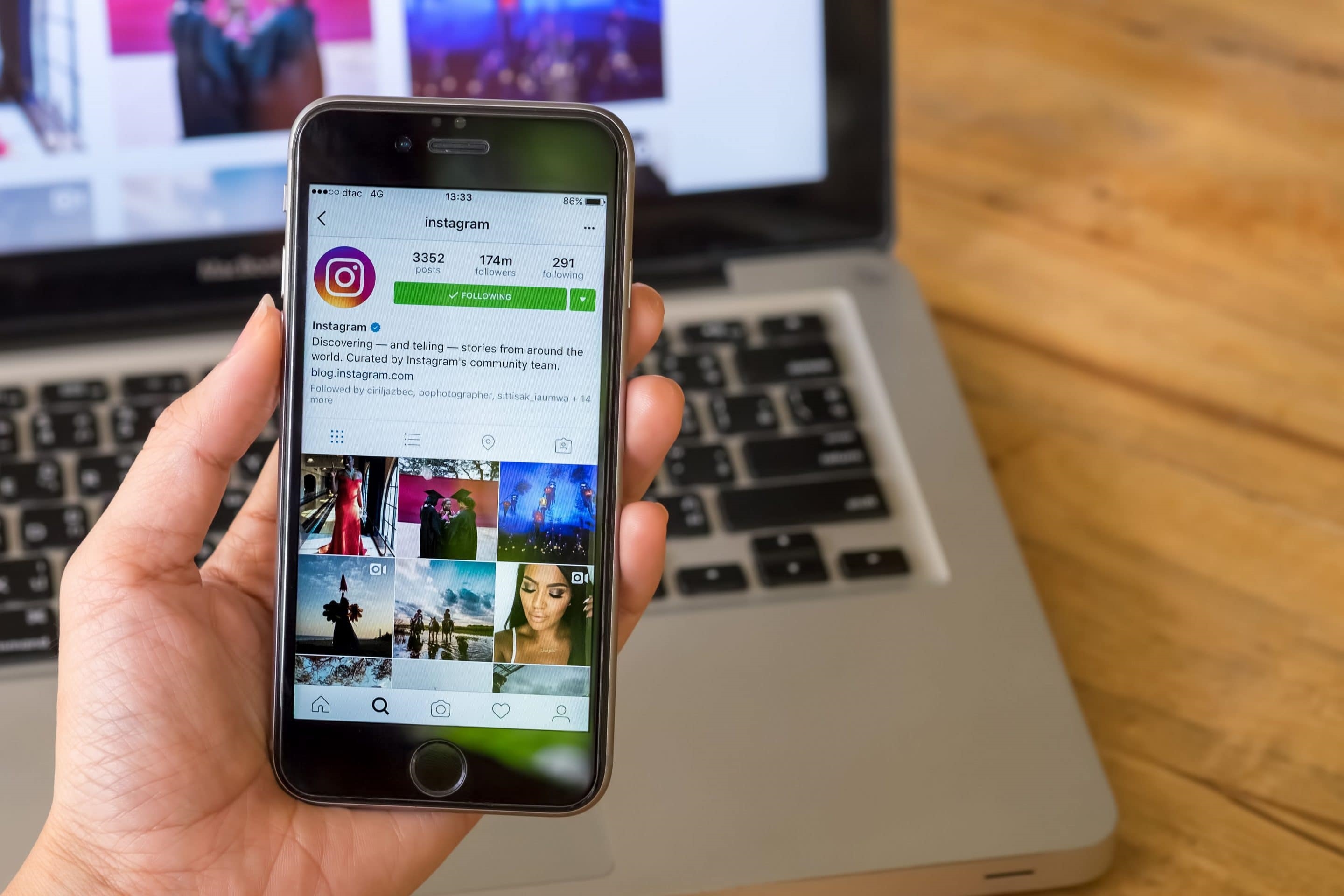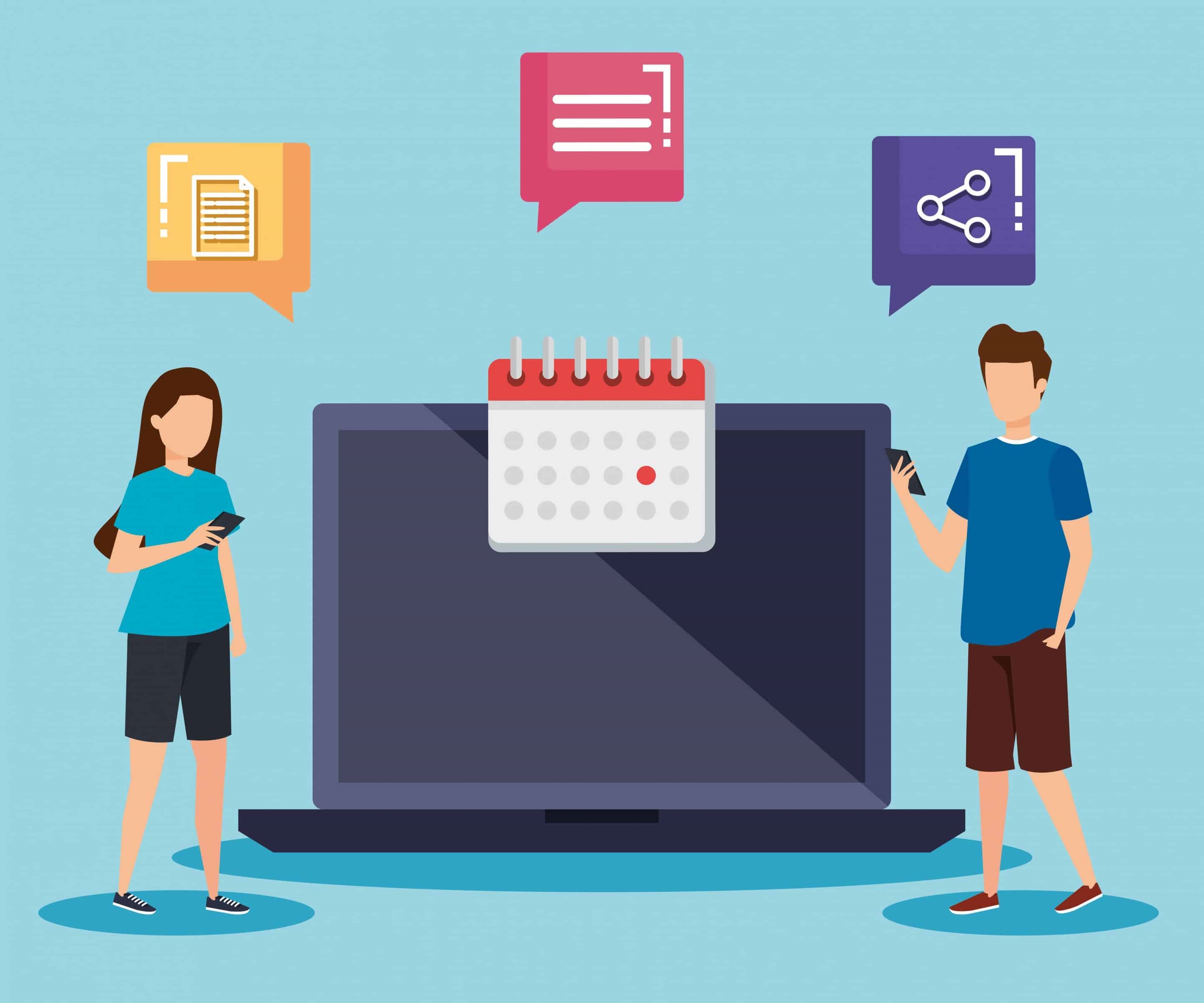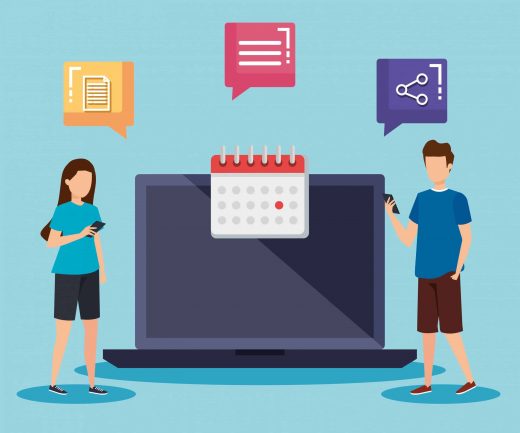Instagram For Nonprofits: How To Use it and Best Practices
When it comes to choosing a social media platform, Instagram packs a punch for nonprofits. According to Nonprofits Source, 30 percent of nonprofits use Instagram to create inspiring messages about their mission, build awareness and attract donors. With 7 billion users worldwide, 1.1 billion monthly users and 75 percent of users taking action, the potential of Instagram for nonprofits are substantial.
How to Use Instagram for Nonprofits
To tap into the power of Instagram, I’m sharing steps on how to use this dynamic platform and best practices.
1. Set Up An Instagram Business Account

Make the space on your Instagram profile count by adding a mission statement, website link and contact button.
The first step in using Instagram for nonprofits is to create an account and switch it to a Business Account. Why is this important? A Business Account allows you to choose a business category, in this case a nonprofit, and features helpful built-in insights to gauge metrics like audience demographics, impressions and reach.
Next fill out the profile, using the space to its fullest advantage by:
- Choosing an easily recognizable logo
- Composing a compelling mission statement
- Including a link to your website
- Noting a brand hashtag
- Adding a contact button
During setup, link your Instagram account to your nonprofit’s verified Facebook page. If you haven’t already, see if the nonprofit qualifies for Facebook’s Charitable Giving Tools. If it does, the nonprofit can raise money on Instagram for their cause.
2. Develop Brand Guidelines
To properly use Instagram for nonprofits, developing brand guidelines is essential. Why? A list of instructions ensures that all content created, no matter who is creating it, conveys the nonprofit’s voice and style correctly.
Brand guidelines should include:
- Logo size and placement on images
- The color scheme for graphics
- Font styles for headlines, sub-headlines, body text and URL text
- Image style
- Voice
- Use of punctuation
- List of hashtags
Once you establish your brand guidelines, make sure everyone creating Instagram updates (as well as other content) for your nonprofit follows them.
3. Create a Content Marketing Strategy
Now that your Instagram account is set up and brand guidelines are defined, it is time to develop a content marketing strategy. Before we begin, I want to share a few interesting stats from Hootsuite about how people use Instagram and some general stats about its audience.
- Instagram users are from all income brackets
- 80 percent of users follow at least one business
- 71 percent of U.S. businesses use Instagram
- The interaction rate on Instagram is 2.2 percent
- 72 percent of Instagram users are under the age of 35
- 34 percent are millennials
- 500 million people use the Stories feature every day

To make the most of Instagram for nonprofits, use it strategically. This could include a campaign for gathering donations or finding volunteers.
The first step in creating a successful content marketing strategy is to understand why the nonprofit is using Instagram and set SMART goals with a deadline to reach those targets.
Is one of the following the primary purpose of using Instagram for your nonprofit?
- Create brand awareness
- Highlight how the nonprofit impacts the community
- Cultivate a relationship with donors
- Expand reach for supporters/volunteers
- Thank supporters/volunteers
- Generate more donations
- Drive traffic to the website
- Share news
Once SMART goals are clear, the next step is to define your target audience and make a plan on how to reach them (keep in mind, the average age of an Instagram user is under 35). Medium has a series of questions to help determine how to engage with a designated group. Here are five to start:
- What value do you provide to their busy lives?
- Why does your cause resonate with them?
- What do they want to learn more about?
- What are their passions and interests?
- What type of emotion speaks the most with your audience?
Next, brainstorm how to best reach this audience with a mix of photos, videos, stories, IGTV, reshares and what types of imagery to convey. Here are five ideas from Medium:
- Educational
- Client stories
- Donor stories
- Behind-the-scenes
- Get to know the team
With free services, like Canva, producing eye-catching and compelling content makes it easy to use Instagram for nonprofits. However, producing content does require resources and time, which is often in limited supply for a nonprofit organization. When creating a content marketing plan, identify who will create and manage the content, and how much time they have to do so. This plays a critical role in developing an effective Instagram strategy.
4. Captions and Hashtags
An essential component in developing a meaningful connection with your target audience is to add captivating captions and hashtags with each image.
Captions can be a few sentences or provide longer in-depth stories (up to 2200 characters). Finding the right style of caption that connects with your audience might take a bit of trial and error. Checking stats such as likes, engagement and comments allow you to see what is resonating and what isn’t. If a particular post does well, look at these metrics and post similar content and analyze the results. If the outcome is the same, then start incorporating more of these types of Instagram posts.

Hashtags make it easier for current and potential supporters to find your nonprofit.
All captions and Stories also need to include a hashtag to receive the most visibility possible. What is a hashtag? It is a keyword that allows people to search and discover a topic or category with ease. Using hashtags also increases engagement, so don’t leave them out! A post can include up to 30 hashtags and a Story can include up to 10.
Here are 10 general hashtags to get started:
- #nonprofit
- #nonprofits
- #charity
- #giveback
- #GivingTuesday
- #CharityTuesday
- #volunteer
- #4change
- #causes
- #socialgood
Instagram does not like it when the same hashtags are used repeatedly; be sure to mix it up or you might end up falling prey to the Instagram shadowban.
5. Use Instagram Stories
We can’t talk about the importance of Instagram for nonprofits without having a conversation about Instagram Stories. This feature allows users to create customizable slideshows with images, videos, doodles, text, stickers, GIFs and donation buttons. Unlike polished feed photos, Stories allow a nonprofit organization to add more of a human touch to their cause and organization.
How can Instagram Stories be used? CauseVox offers some suggestions:
- Highlight volunteers and employees at work
- Give a behind the scenes look into the organization
- Show how the mission helps its beneficiaries
- Promote events
- Ask for donations
- Cross-promote other social media channels
Stories automatically disappear from an Instagram feed after 24 hours. To save a Story, create a Story Highlight. When a highlight is created, that slide and any additional slides can be saved into that highlight. The Story Highlight appears on your profile with a title and cover photo. This highlight will remain on the Instagram profile until it is deleted. To find out more, Hootsuite has an excellent guide for Instagram Stories.

Scheduling your content in advance makes the most of your content and saves time
6. Create a Content Calendar
Now that the basics of Instagram for nonprofits are covered, it is time to develop a content calendar; we suggest making it for six months at a minimum. The calendar should outline when photos, videos and Stories are posted to Instagram. When developing your content calendar, discuss the following items:
- How many times a day/week does your nonprofit want to post?
- Are there certain days you only want to post videos?
- Are there certain days you want to highlight employees/volunteers?
- Are there certain days you want to ask for donations?
- Are there certain days you want to thank donors?
- Do you want to post on special hashtag days like #GivingTuesday, or to highlight employees and volunteers on days like #MCM (man crush Monday) or #WCW (woman crush Wednesday)
We recommend posting at least once a day. However, if resources and time are limited, and every day isn’t an option, that is okay. The key is to post and engage with your audience consistently. To make this easier, we suggest using a content management system, such as Hootsuite, Buffer and SocialOomph. Many offer free basic accounts and posts can be scheduled and managed all in one location.
7. Track Performance
When developing an Instagram content marketing plan for your nonprofit, it must include a follow-up review of the campaign. The three- and six-month mark is a good time to analyze built-in Instagram metrics, such as:
- Interactions
- Profile visits
- Website clicks
- Reach
- Impressions
- Audience locations
- Age range
- Gender
- Peak times followers are online
Use this data to determine if SMART goals were met or if adjustments need to be made. Many content management systems like Hootsuite feature an analytics dashboard that incorporates long-ranging metrics, performances for specific posts and customizable reports. For a quick and free review of your Instagram account, Iconosquare offers an Instagram audit, which notes where the account excels and where it needs to improve.
Digital & Social Articles on Business 2 Community
(70)


